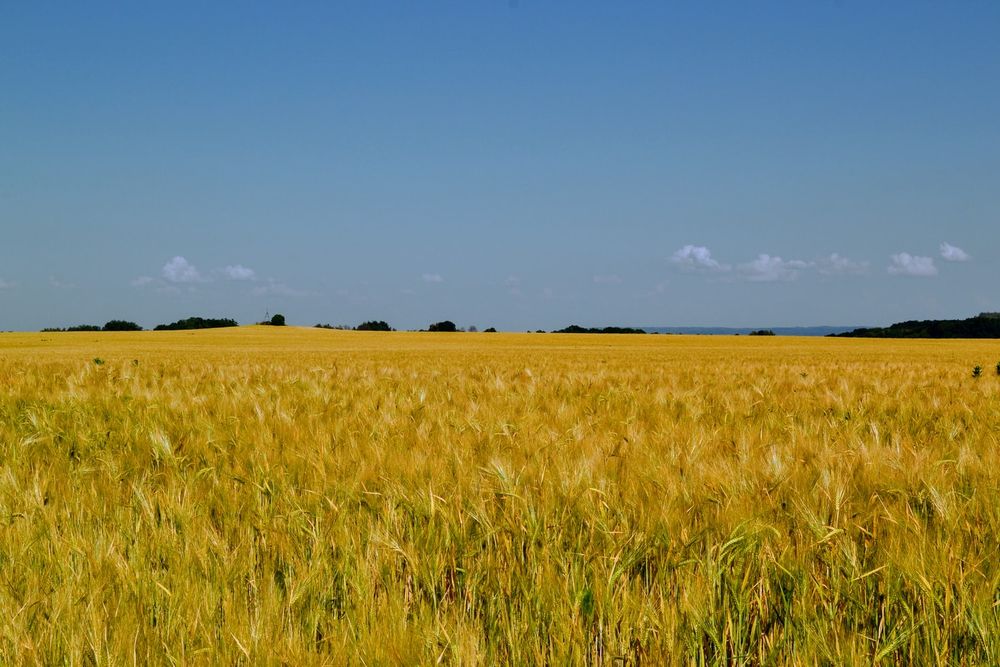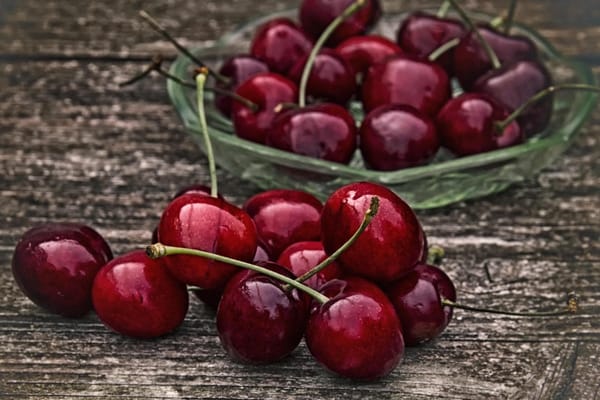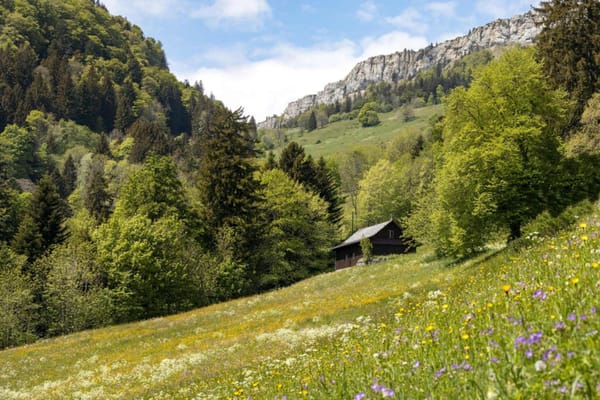Xen Orchestra 5.68
We are now doing a Live Session on Youtube for every release!
Don't forget to subscribe to our channel and to follow us on Twitter to be kept in the loop.
✨ XO Lite - one more glimpse
For some time, our team has been busy working on the interface of our new Xen Orchestra Lite. Here's a little preview of what's coming in the next few months. Clemence, our UX designer, will talk about it in a dedicated DevBlog coming soon.
Here are the new VM creation screens:


🆕 Public API (alpha stage)
We originally developed our existing API to be used between the Web UI xo-web and the server backend, xo-server . That's why it's a JSON-RPC API connected via websockets, allowing us to update objects live in the browser. This is perfect for our usage, but a bit complicated for others.
Also, this API wasn't meant to be public, but over the years some users have expressed a desire to be able to use it for their own purpose. This led us to add more tooling around it, like xo-cli and to answer specific requests.
For those reasons, we decided to build a new API, not an evolution of the current one, but 100% new. It is meant to be public and REST-like. So a simple curl command can request it. We will also document it as the intended goal is to be public this time.
For this release, we have laid the foundations of what this future API will be. Although this is a very early version, you can already explore its first features and give us your feedback and expectations.
Principle and example
In order to make the REST API available, you need to create a token, for now with xo-cli, but in the near future, directly in the web UI:
# xo-cli --createToken http://xoa.example.com myUser
Password: **********
Successfully logged with myUser
Authentication token created
0OQIKwb1WjeHtch25Ls
Now, you can use this token to perform calls with this REST API:
# curl -b authenticationToken=0OQIKwb1WjeHtch25Ls http://xoa.example.com/rest/v0/vms?fields=name_label,power_state
[
{
"name_label": "FreeNAS",
"power_state": "Running",
"href": "/rest/v0/vms/0fc14abc-ae7a-4209-79c4-d20ca1f0e567"
},
{
"name_label": "Ubuntu 20.04 test",
"power_state": "Halted",
"href": "/rest/v0/vms/d505eb99-164e-5516-27e1-43837a01be45"
},
{
"name_label": "Rocky Linux 8",
"power_state": "Halted",
"href": "/rest/v0/vms/38f423b7-1498-ee8c-ca8d-d3bb8fcffcf2"
},
{
"name_label": "XOA 🎷",
"power_state": "Running",
"href": "/rest/v0/vms/857e34e5-c61a-f3f1-65e6-a7a9306b347b"
}
]
☑️ SR creation improvements
When creating certain local SR formats, such as ext or LVM, the operation includes formatting the disk on which you are creating the SR.
To avoid unpleasant surprises for users who are not familiar with these types of storage, we have added a confirmation box that warns the user in this case.
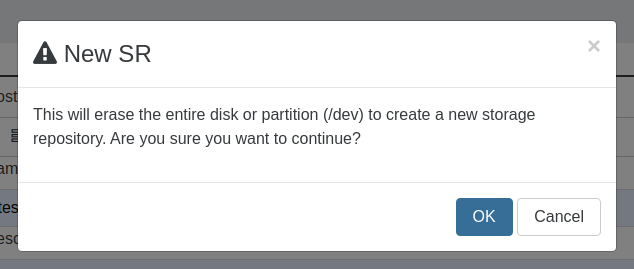
⚕️ Health view - coalescing VDIs
The Health view of Xen Orchestra now includes a table that shows the number of VDIs currently needing to be coalesced in your infrastructure.
An additional alert will also be visible in the menu of your interface in case more than 10 VDIs require a coalesce on the same SR.

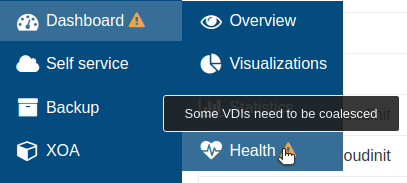
💽 Delta backup - select target SR for VDIs when restoring
To give you more flexibility when restoring a backup, we have added the ability to choose the SR you want to target for each VDI you restore. So if a VM you'd like to restore had multiple disks, you can assign them to separate SRs while restoring!
In the future, we would like to develop this feature to also allow you to exclude certain VDIs when restoring a backup.
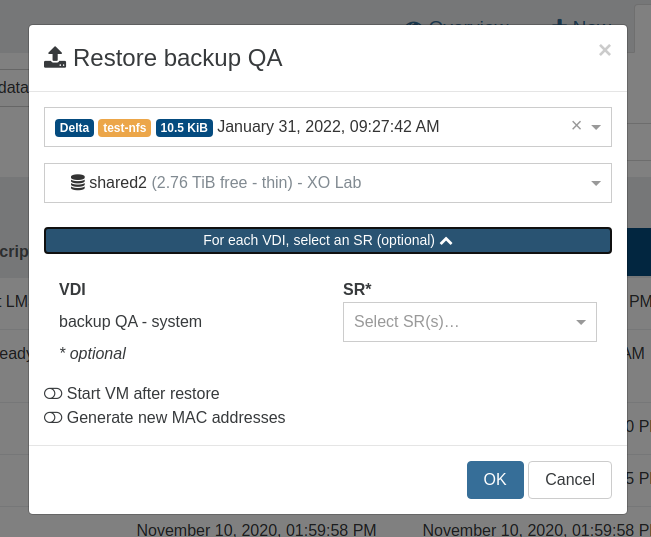
XCP-ng 8.2.1 is here
Today is a big day, as we're also announcing the general availability of XCP-ng 8.2.1. It's simply an update and it's available now (just update your XCP-ng hosts as usual). We also rebuilt a new ISO containing all updates since our initial LTS release.

If you want to learn more about it, visit our XCP-ng blog!

Kubernetes users: we need your feedback!
We'd like to learn more about your container usage, with Kubernetes or otherwise.
In fact, we'd like to know how we could improve our XCP-ng/XO platform so it's easier for you to deal with container orchestration and so on.
So if you already use XCP-ng and XO, and Kubernetes or containers in parallel, please tell us in this dedicated thread:


